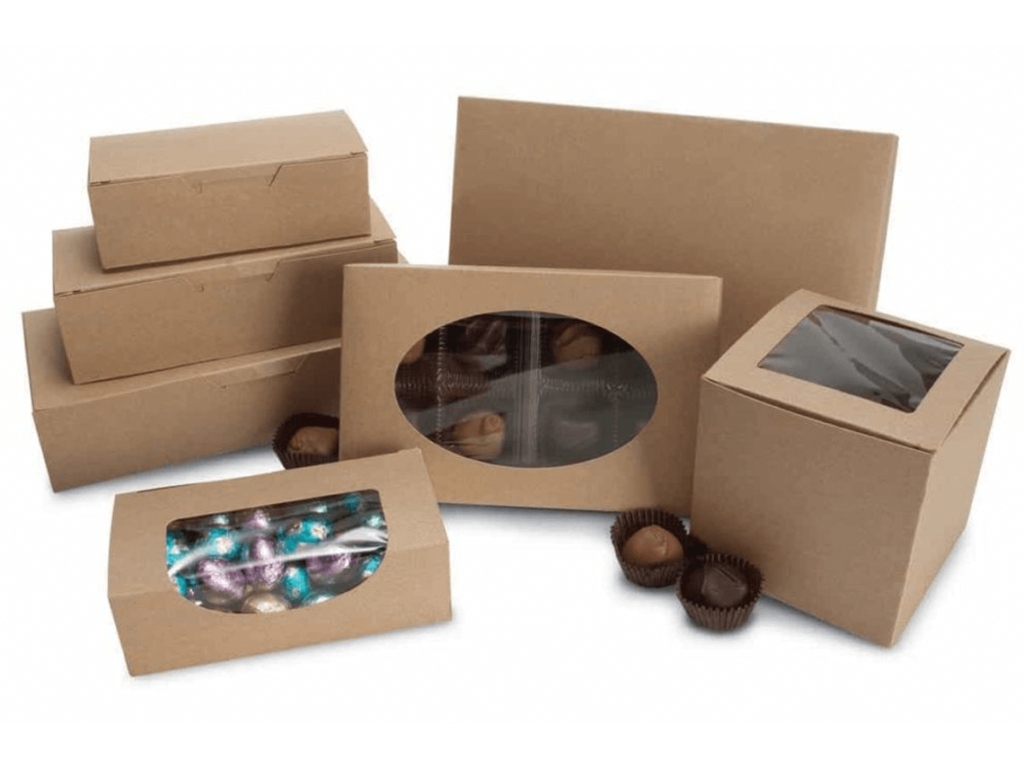Overpackaging isn’t something that most consumers generally think about, but once they notice, they start seeing overpackaged items everywhere. So what exactly is overpackaging? A package’s purpose is not only to store and protect its contents in the shipping and handling process, but it also works as a marketing tool to stand out among the rest on the retail shelf. Some packaging works extra hard to look bright, shiny and new, often with overly large boxes and excess plastic wrap that don’t quite have a real function.
For example – fresh fruits and vegetables sold in plastic wrap or clamshells. Individually wrapped jelly beans. A ballpoint pen wrapped in plastic, then packaged in cardboard and wrapped again in paper. A small computer part shipped in a box five times its size, with bubble wrap and packing peanuts used to fill the empty space.
Eco-conscious consumers get turned off by overpackaged items, leaving businesses responsible for creating more efficient designs that are effective in storing, shipping and selling their item. Below, find tips on how consumers and businesses can avoid overpackaging.
For consumers: Refuse, reuse and recycle. If possible, choose the product with less packaging – instead of grabbing five potatoes that are individually vacuum wrapped, opt for the non-packaged spuds and use a reusable cloth bag to carry them. If refusing the product simply because of packaging isn’t realistic, then find a way to reuse the excess packaging. Save tissue paper or bubble wrap for shipping fragile items in the future, or reuse extra boxes for wrapping gifts. Recycle materials whenever possible.
For businesses: Use sustainable packaging materials, such as corrugated cardboard and recycled PET, to design a package that generates less waste. The smooth, flat surface of corrugated cardboard allows for bold graphics and logos, minimizing the need for embellishments that waste more material. Becoming Certified Frustration-Free Packaging through Amazon helps eliminate unnecessary packaging. Amazon ships products in their own packaging, using advanced software that determines the “right-sized” box and avoiding too-large packaging. Packaging innovations such as the H-Loc Trapped Blister work to reduce waste, using just enough corrugated and recycled PET to contain, protect and display the product.
Pioneer Packaging Worldwide provides a wide range of sustainable packaging products and services, including corrugated solutions, packaging fulfillment and automated capabilities. Contact Pioneer Packaging Worldwide today to learn more.




